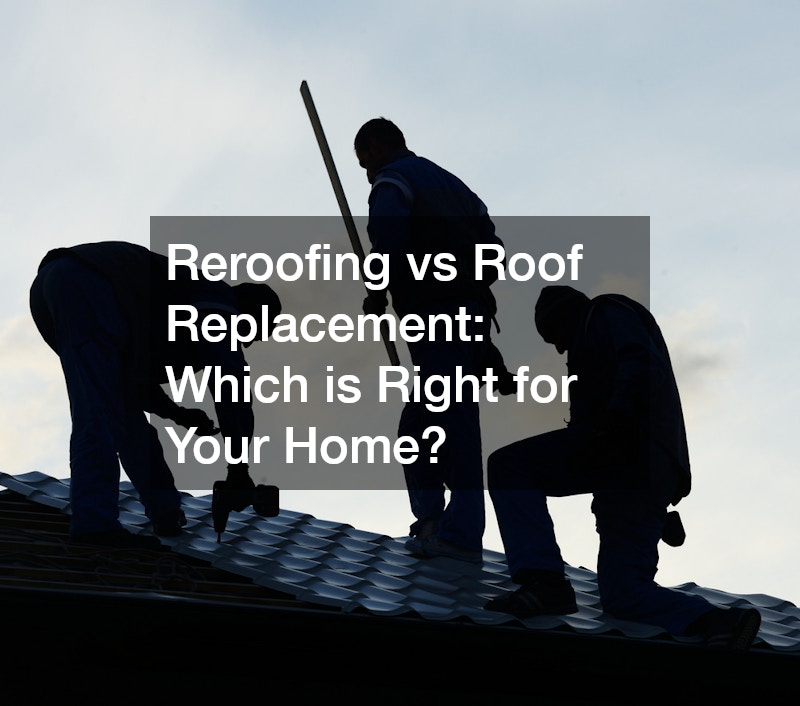
Reroofing and roof replacement are two common methods used to update the roof of a home. Reroofing involves adding a new layer of shingles over the existing roof, while roof replacement is the complete removal and installation of a new roof. Both options have their own benefits and drawbacks, so it’s essential to understand the key differences before making a decision.
When considering reroofing vs roof replacement, it’s crucial to first determine the condition of your current roof and your budget. Reroofing is generally more cost-effective and less time-consuming, while roof replacement offers the opportunity for a fresh start and potential long-term benefits. By weighing the factors involved, you can make an informed choice for your home.
Throughout this article, we will explore various aspects of reroofing and roof replacement, including cost, longevity, material options, and more. By the end, you will have a comprehensive understanding of both methods and be better equipped to decide which is right for your home.
1. Cost
Reroofing Costs
When comparing reroofing vs roof replacement in terms of cost, reroofing typically comes out as the more affordable option. The process of reroofing is less labor-intensive and requires fewer materials than a full roof replacement, resulting in lower overall costs for homeowners.
Factors that influence reroofing costs include the size and pitch of your roof, the type of materials used, and the complexity of the job. While reroofing can be a budget-friendly choice, it’s essential to consider the long-term implications and potential savings of roof replacement in the future.
In some cases, reroofing may be a temporary solution to address immediate issues, while roof replacement offers a more permanent fix and can add value to your home. By obtaining a roof estimate from local roofers, you can compare the costs of both options and make an informed decision.
2. Longevity
Reroofing Longevity
One of the key differences between reroofing and roof replacement is the longevity of the outcomes. Reroofing typically extends the lifespan of your roof by adding a new layer of shingles, which can provide several more years of protection for your home.
While reroofing can be a cost-effective solution in the short term, it’s essential to consider the potential need for more extensive repairs or a full roof replacement down the line. Roof replacement offers the advantage of a completely new roof, which can last 20-30 years or more with proper maintenance.
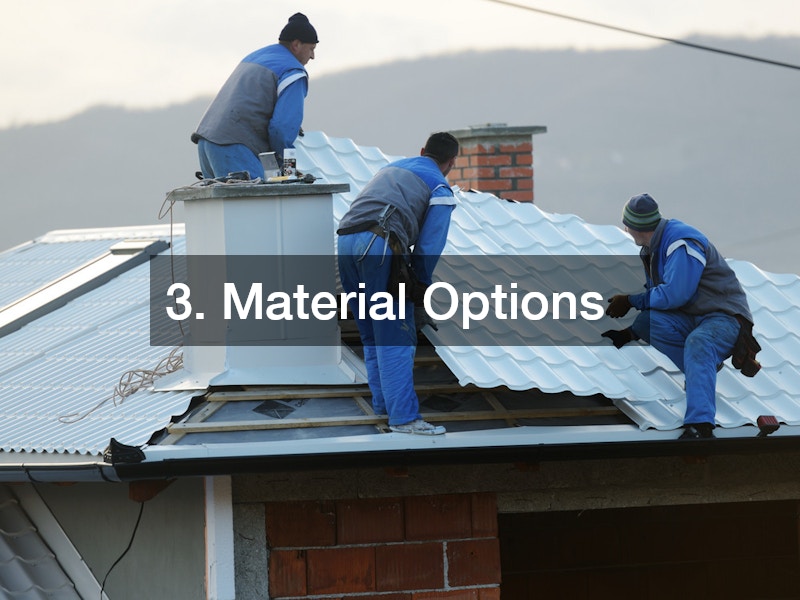
3. Material Options
Reroofing Material Choices
Another factor to consider when comparing reroofing vs roof replacement is the range of material options available for each method. Reroofing typically involves using the same type of material as your existing roof, such as asphalt shingles or metal roofing.
Popular materials used in reroofing projects include architectural shingles, which offer durability and aesthetics at an affordable price point. However, if you’re looking to upgrade to a different material or style, roof replacement may be the better choice to achieve the desired look for your home.
4. Impact on Home Value
Effect of Reroofing on Home Value
When considering reroofing vs roof replacement, it’s important to think about how each option may impact the value of your home. Reroofing can enhance the appearance and functionality of your roof, which can improve curb appeal and attract potential buyers.
How reroofing affects home resale value depends on various factors, including the quality of the workmanship, the materials used, and the overall condition of the roof. While reroofing can be a cost-effective way to update your home, roof replacement offers a more substantial investment that can significantly increase property value.
By consulting with a roof repair professional or local roofing companies, you can assess the potential impact of reroofing or roof replacement on your home’s value. Making an informed decision based on your financial goals and long-term plans can help you maximize the value of your property.
5. Installation Process
Reroofing Process
The installation process for reroofing is typically less invasive and time-consuming than roof replacement, as it involves adding a new layer of shingles over the existing roof. This method can often be completed in a matter of days, depending on the size and complexity of the job.
Steps involved in reroofing include inspecting the existing roof for damage, preparing the surface for new shingles, and installing the new layer with proper ventilation and insulation. Reroofing requires roofing services from experienced professionals to ensure a high-quality finish that protects your home from the elements.
6. Energy Efficiency
Reroofing and Energy Efficiency
Improving energy efficiency is a key consideration for many homeowners when deciding between reroofing and roof replacement. Reroofing can provide some energy-saving benefits by adding a new layer of insulation and reducing heat transfer through the roof.
While reroofing may offer modest improvements in energy efficiency, roof replacement allows for more substantial upgrades, such as installing energy-efficient materials or solar panels. By investing in a new roof, you can reduce your energy costs and create a more sustainable home.
When discussing reroofing vs roof replacement with your local roofing companies, inquire about energy-efficient options and how each method can improve the efficiency of your home. By prioritizing energy savings in your decision-making process, you can make a positive impact on both your utility bills and the environment.
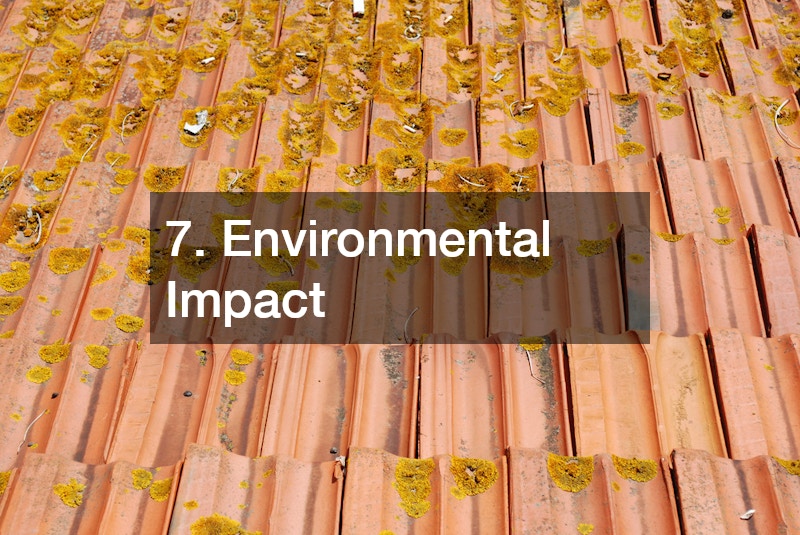
7. Environmental Impact
Sustainability of Reroofing
Considering the environmental impact of reroofing vs roof replacement is essential for eco-conscious homeowners. Reroofing can be a sustainable choice by extending the life of your existing roof and reducing waste from full roof replacements.
While reroofing offers environmental benefits, roof replacement allows for more significant upgrades in materials and energy efficiency, which can further reduce your carbon footprint. By choosing environmentally-friendly materials and practices, you can make a positive impact on the planet.
Discuss the sustainability of reroofing projects with your roof expert or local roofers to explore eco-friendly options for your home. By making informed choices that prioritize sustainability, you can minimize your environmental impact and contribute to a greener future.
8. Maintenance Requirements
Reroofing Maintenance
After completing a reroofing project, it’s essential to understand the ongoing maintenance requirements to ensure the longevity and performance of your new roof. Reroofing typically requires regular inspections, cleaning, and minor repairs to address any issues that may arise.
Ongoing maintenance needs for reroofing can vary depending on the materials used and the climate in your area. By scheduling routine roof repair services with a qualified professional, you can prevent potential damage and ensure the durability of your roof for years to come.
Comparing the maintenance requirements for reroofing and roof replacement can help you make an informed decision based on your ability to upkeep your roof. By staying proactive with maintenance tasks and working with a reliable roofing company, you can extend the lifespan of your roof and protect your investment.
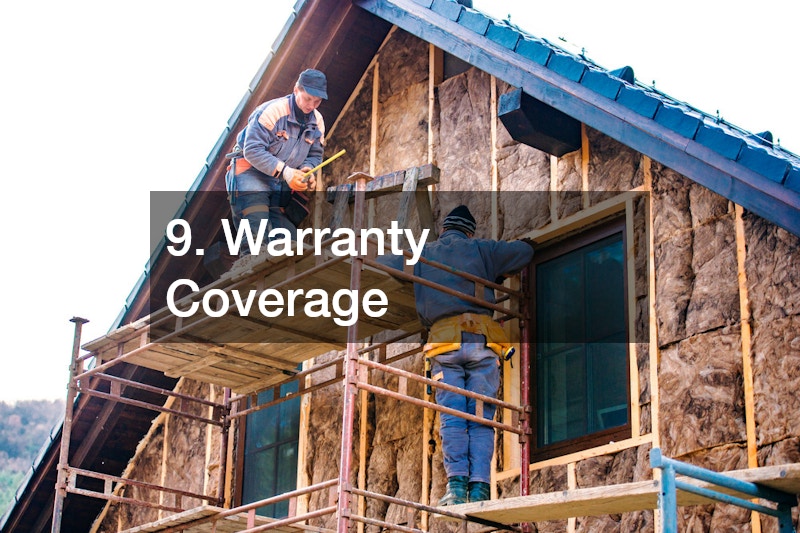
9. Warranty Coverage
Reroofing Warranty Details
Understanding the warranty coverage for reroofing projects is crucial for protecting your investment and ensuring peace of mind. Many roofing companies offer warranties on their workmanship and materials, which can provide added security for homeowners.
Typical warranty offers for reroofing projects may include coverage for defects, leaks, and other issues that may arise after installation. By reviewing the warranty details with your local roofing companies, you can clarify any terms or exclusions and have confidence in the quality of your new roof.
Comparing warranty coverage for reroofing vs roof replacement can help you evaluate the value and reliability of each option. By choosing a reputable roofing expert who stands behind their work, you can ensure that your investment is protected and enjoy peace of mind for years to come.
10. Appearance and Curb Appeal
Reroofing Aesthetics
Enhancing the appearance and curb appeal of your home is an essential consideration when deciding between reroofing and roof replacement. Reroofing can give your home a fresh look by adding new shingles or upgrading to a different style or color.
While reroofing can improve the aesthetics of your home, roof replacement offers the opportunity for a complete transformation and customization of your roof. By working with a residential roofer to explore different options, you can achieve the desired look that complements your home’s architecture.
Differences in curb appeal between reroofing and roof replacement should be carefully considered based on your aesthetic preferences and long-term goals for your home. By prioritizing appearance and working with a roofing services provider, you can create a roof that enhances the beauty and value of your property.
11. Structural Integrity
Preservation of Roof Structure
Preserving the structural integrity of your roof is a primary concern when deciding between reroofing and roof replacement. Reroofing can reinforce the existing structure and protect it from further damage, prolonging the lifespan of your roof.
The impact of reroofing vs roof replacement on the structural integrity of your roof depends on the condition of your current roof and the quality of the materials used. While reroofing can provide a functional solution, roof replacement offers a comprehensive approach to strengthening your roof.
When evaluating the structural integrity benefits of reroofing and roof replacement, consider the age of your roof and any underlying issues that may affect its stability. By consulting with a qualified roofer or roofing expert, you can assess the best course of action to protect your home and ensure its long-term durability.
12. Local Building Codes
Compliance with Building Regulations
Ensuring compliance with local building codes is essential for any roofing project to avoid fines, delays, or safety hazards. Reroofing projects must meet specific regulations to protect the structural integrity of your home and adhere to industry standards.
Adhering to local building codes with reroofing projects requires attention to detail and collaboration with experienced professionals who understand the requirements. By working with local roofers who are familiar with the regulations in your area, you can ensure that your project meets the necessary standards.
Differences in compliance requirements between reroofing and roof replacement can impact the cost and timeline of your project. By prioritizing code compliance and working with a reputable roofing company, you can avoid potential issues and enjoy a successful roofing project.
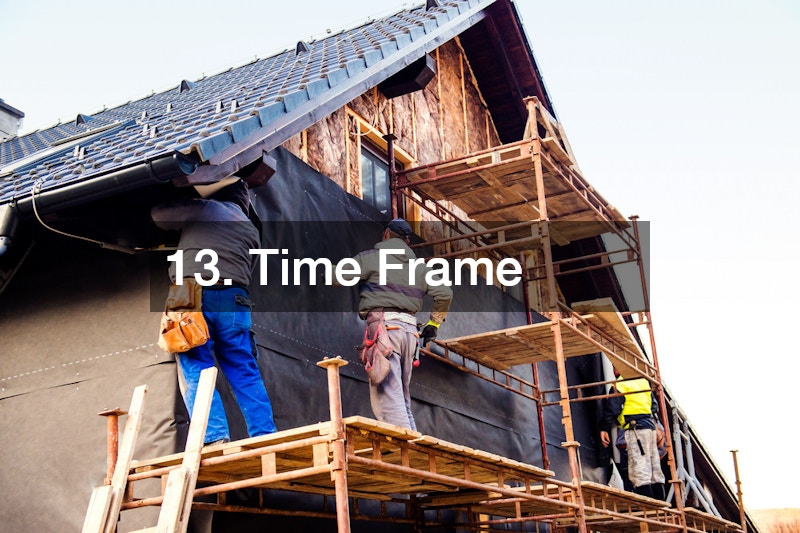
13. Time Frame
Reroofing Duration
Estimating the time needed for reroofing is essential for planning your project and minimizing disruptions to your daily routine. Reroofing projects can typically be completed in a matter of days, depending on the size and complexity of the job.
Comparing the time frames for reroofing vs roof replacement can help you make an informed decision based on your schedule and priorities. While reroofing offers a faster and more efficient process, roof replacement may require more time and coordination with your roofing contractor.
By discussing the time frame with your local roofing companies and considering your timeline for the project, you can choose the option that best fits your needs and ensures a smooth and timely completion. Planning ahead and staying informed throughout the process can help you achieve your roofing goals with minimal stress.
14. Contractor Selection
Finding the Right Roofer
Choosing the right contractor for your reroofing or roof replacement project is crucial for the success and quality of the outcome. A qualified roofer with experience in your area can provide expert guidance and ensure that your project is completed to the highest standards.
Qualities to look for in a reroofing contractor include licensing, insurance, reputation, and proven track record of success. By researching local roofers and roofing services providers, you can find a reliable professional who meets your criteria and can deliver exceptional results.
15. Homeowner Considerations
Factors for Homeowners to Evaluate
As a homeowner, there are several key factors to consider when deciding between reroofing and roof replacement for your home. Understanding your budget, long-term goals, and priorities can help you make a well-informed decision that meets your needs.
Key points for homeowners to keep in mind with reroofing include the cost, longevity, appearance, and maintenance requirements of the project. By considering these factors and working with a local roofing company, you can create a plan that aligns with your vision for your home.
Final thoughts on choosing between reroofing and roof replacement should reflect your personal preferences and goals for your home. By weighing the benefits and drawbacks of each option and consulting with a roofing expert, you can make a decision that enhances the value and function of your property for years to come.
In conclusion, the choice between reroofing and roof replacement depends on various factors, including cost, longevity, material options, and homeowner considerations. By weighing the pros and cons of each method and consulting with local roofers and roofing companies, you can make an informed decision that aligns with your budget and goals for your home.


